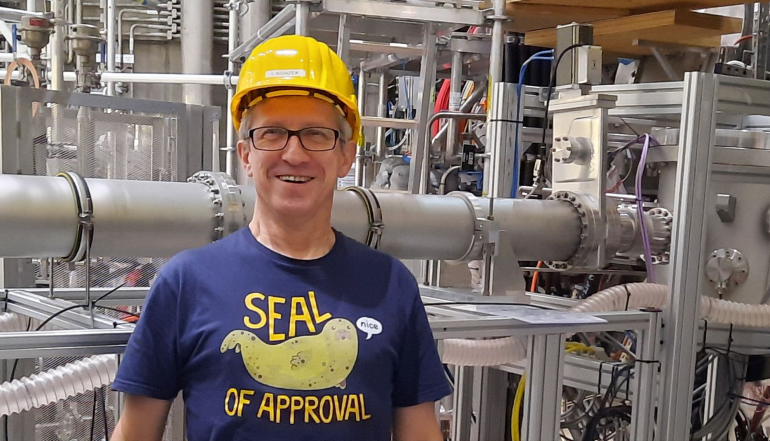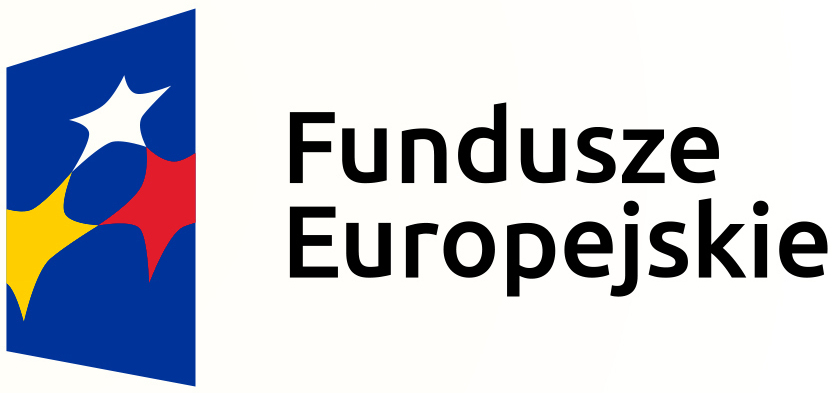Another step towards state-of-the-art fusion-based power plant

Another step towards a state-of-the-art fusion-based power plant taken with the participation of researchers from the Institute of Physics of the University of Opole.
Wendelstein 7-X is an experimental stellarator built by the Max Planck Institute for Plasma Physics in Greifswald in 2014. It is currently the largest finished fusion reactor based on the stellarator technology and the first plasma was produced in it on 10 December 2015. The researchers of the Institute of Physics of the University of Opole, the Institute of Plasma Physics and Laser Microsynthesis in Warsaw and the Max Planck Institute for Plasma Physics in Greifswald, Germany, have developed a unique high-temperature plasma diagnostic system called “C/O monitor for W7-X”.
It was commissioned at the beginning of November 2022. Dr Ireneusz Książek from the UO, who is also the author of the conceptual design and one of its main constructors, was involved in launching the device and testing its components.
The Wendelstein 7-X project is one of the experiments aimed at mastering the processes of controlled nuclear fusion – a potentially inexhaustible, environmentally friendly and safe energy source. In order to achieve nuclear fusion, it is necessary to create and maintain the matter in 100 million °C in a specially constructed vessel. It can be achieved by means of a suitably shaped and very strong magnetic field.
In the experiment conducted in Greifswald, it is achieved in a device called a stellarator. Unlike the more common design called a ‘tokamak’, the stellarator has a much more complex structure but it can work continuously, while the tokamak operates in a pulsed mode.
The developed device, ‘C/O monitor for W7-X’, will be used to monitor the level of contamination of the plasma by carbon and oxygen atoms (in the future also boron and nitrogen) with a high time resolution. It is a spectrometer operating in the far ultraviolet range (at the soft X-ray limit) with a special optimised design.
It is expected that the C/O monitor for W7-X will provide a number of interesting scientific results in the upcoming measurement campaign, which starts on November 21, 2022.
The ongoing work is carried out, among others, as part of the Eurofusion project, which includes researchers from the Institute of Physics: Dr Ireneusz Ksiazek – coordinator of the Eurofusion project at the University of Opole and author of the conceptual design of the C/O monitor for W7-X, and one of its main constructors, Dr Katarzyna Ksiażek – administrative coordinator at the University of Opole, and the research team: Dr Ireneusz Ksiażek, Ewa Pawelec, Phd, DSc, Assoc. Prof., Wiesław Olchawa, PhD, DSc, Assoc, Prof., Adam Bacławski, Phd, DSc, Assoc.Prof., Dr Agnieszka Bartecka, Dr Helena Kiriczenko, Dr Katarzyna Książek, Tadeusz Kulig, MSc, and Dawid Mazur, MSc.
Dr Katarzyna Książek



